6 Tips From a Nearly Zero-Waste Home
http://decor-ideas.org 05/19/2014 06:04 Decor Ideas
When Bea Johnson downsized from a 3,000-square-foot home to a 1,400-square-foot one in Mill Valley, California, she set her goals at zero. In the book Zero Waste Home, she details how her family cut their trash down to just a quart per year, and in the process created a home that was easy to live in and maintain.
Of course, a waste-reducing endeavor of this magnitude might sound impossible to most of us. Indeed, it required significant ambition and persistence on Johnson’s part. But by adopting even a few elements of a low-consumption lifestyle, many families can reduce their garbage output, too.
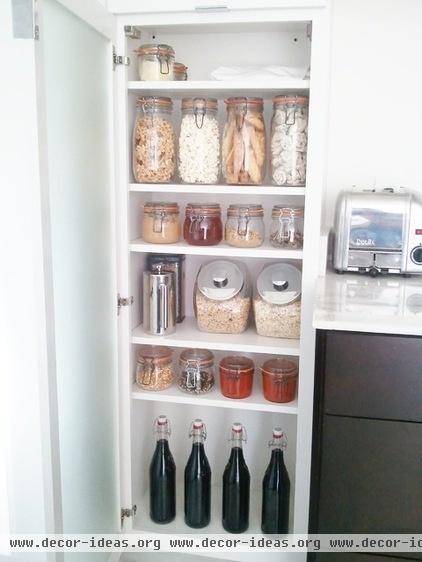
1. Buy food in bulk. Packaged foods and carryout containers are a major source of nonrecyclable plastic waste. Think about those chip bags, K-Cups, energy bar wrappers, almond milk in Tetra Pak cartons, cereal bags and cracker trays. Each of these packages is made of mixed plastics that must be disposed of in a landfill.
Johnson’s zero-waste approach involves cooking at home and eating more fresh fruits and vegetables. Choosing fresh fruits and vegetables and bulk food over smaller packages will cut your exposure to preservatives, salts, artificial dyes and processed sugar. That’s not to say you can’t get tasty “junk food” in the bulk isle — because you can. But in today’s bulk economy, many of the manufacturers producing bulk food use organic, non-GMO ingredients without preservatives. Check the ingredients on the bin.
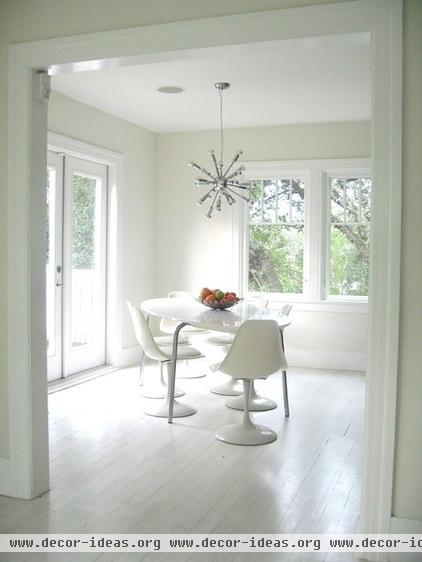
2. Create fewer surfaces for junk. Johnson reduced the amount of furniture in her house and minimized horizontal surfaces that collected dust and junk. Then she rid the pieces that remained of collectables and decorative pieces that required dusting.
“People always say my house looks so clean, but it is not because I am a clean freak,” she says. “I only clean once a week. That’s it. My house just looks cleaner, because we have eliminated clutter.” She points out that the more furniture and collectibles a home has, the more surfaces there are to clean.
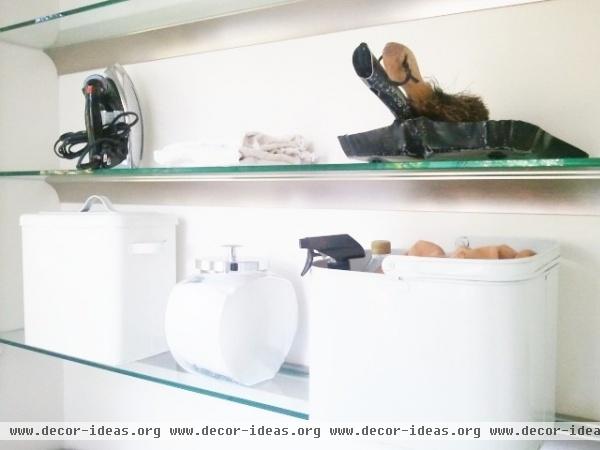
3. Simplify cleaning supplies. Johnson makes cleaning supplies from a small number of bulk ingredients to eliminate disposable plastic spray bottles and other nonrecyclable or nonreusable materials.
“I don’t have to read labels to determine which cleaning product is toxic and which is safer,” says Johnson. “We just use Castile soap and vinegar, and on occasions baking soda if something needs a scrub.” She found that by simplifying cleansers, she could simplify her cleaning routine, making it easier to do on a weekly basis.
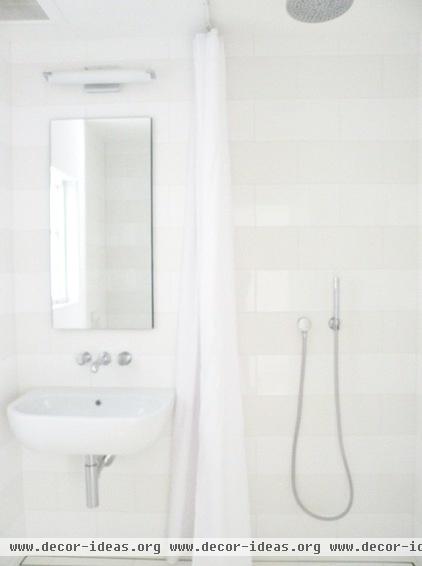
4. Use bulk body-care products. As with cleansers, navigating the world of marketing claims related to beauty products can be confusing. Fortunately, many cosmetic brands sell their products in bulk at health food stores, eliminating all that plastic packaging. These brands’ products are also (often) made from simple ingredients, so if you are motivated, you can experiment with a few of your own creations.
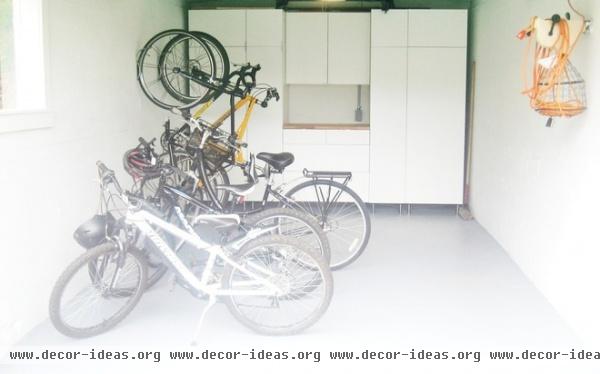
5. Use less gas. When assessing her home’s waste, Johnson considered how efficient she was being with her transportation. She grouped car-essential errands on a single day. There was no car-sharing service near her Northern California home, but for big-city dwellers, these programs can be used for weekly shopping and the occasional weekend getaway. All of these combined actions reduce fuel consumption and get more cars off the road.
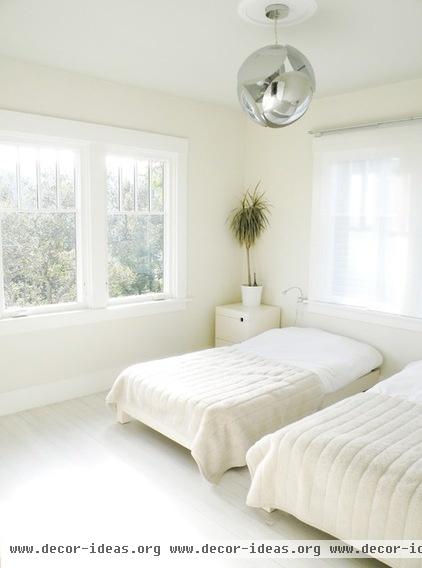
6. Select natural and used fibers for household linens and clothing. By purchasing natural fibers like cotton, wool, hemp and bamboo, the Johnsons ensure that their fabrics can eventually go back to the earth.
See more photos of this home
Related Articles Recommended












